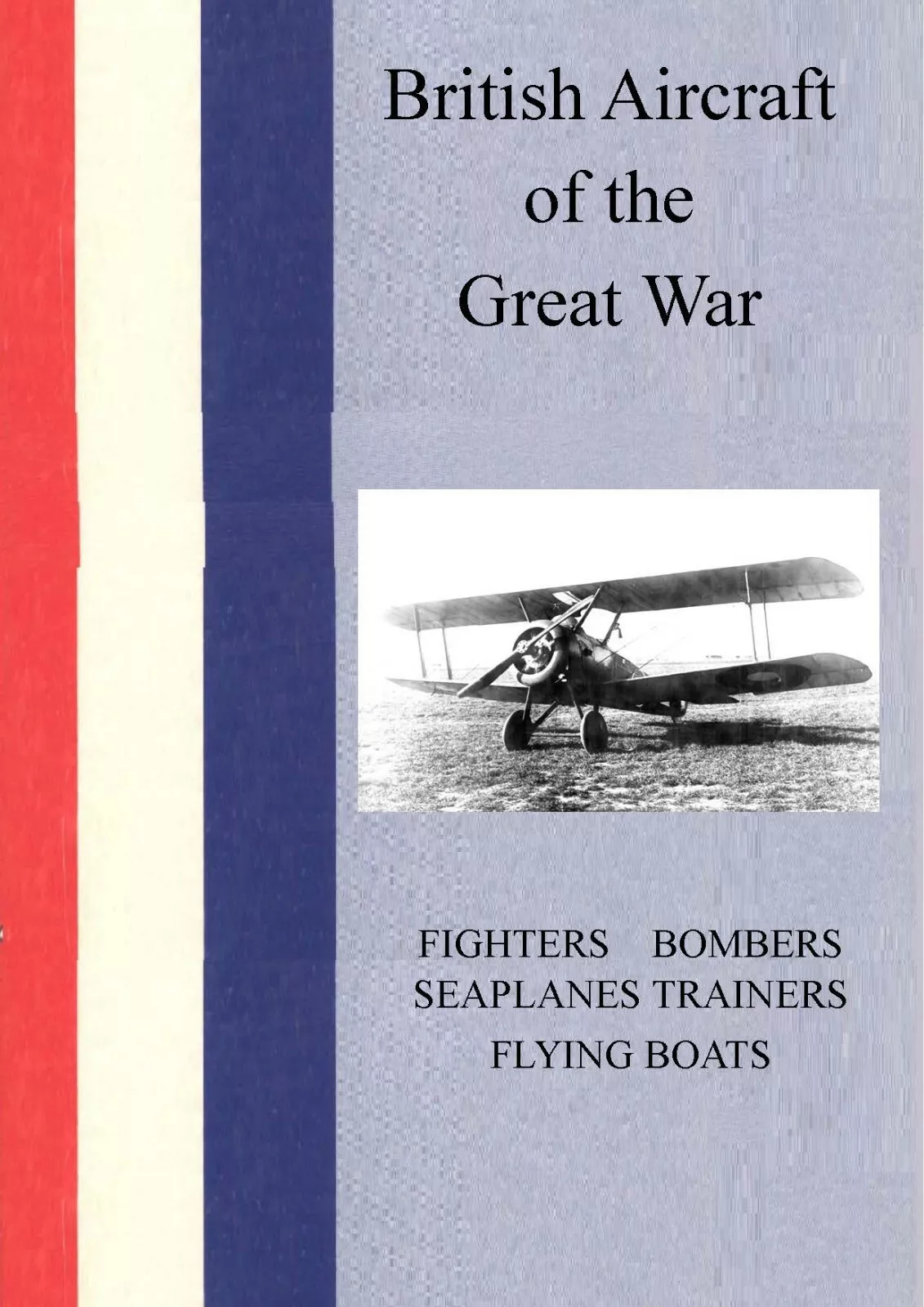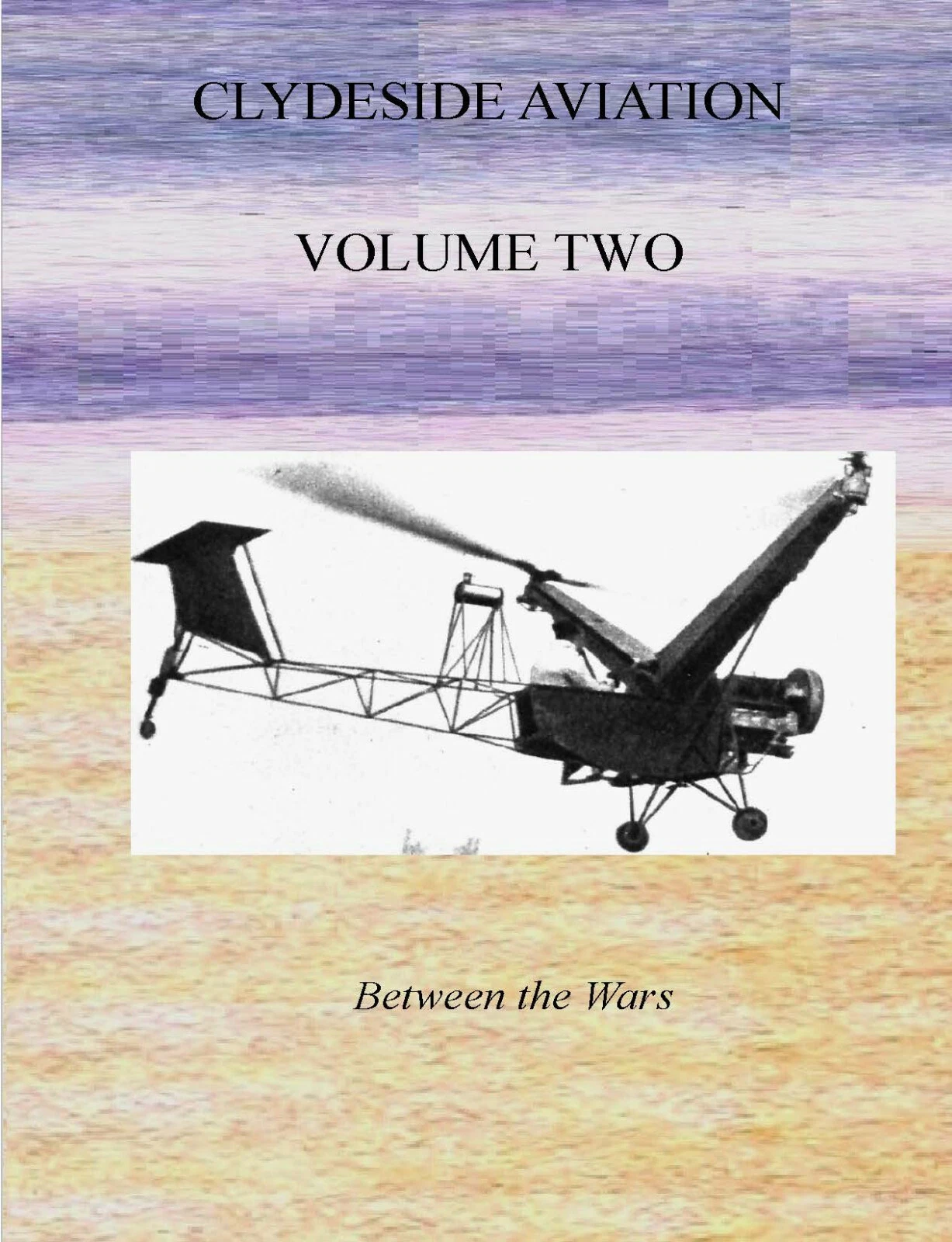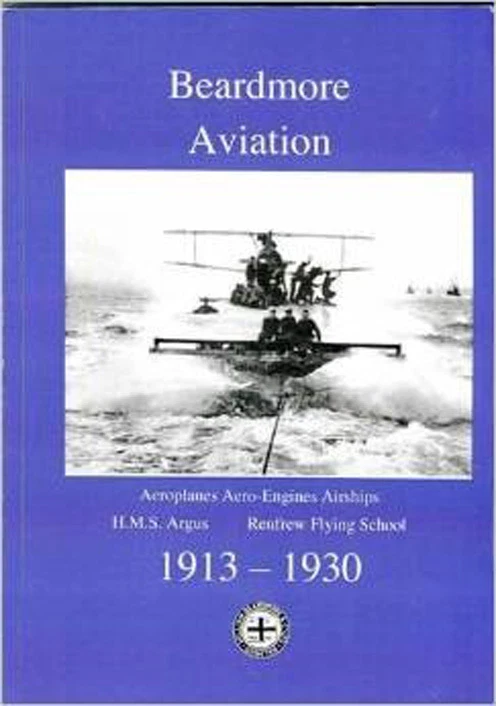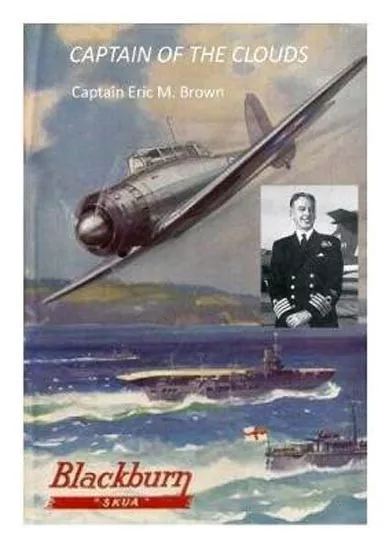Hawker Hurricane: The Forgotten Hero of the Battle of Britain - Expert analysis by Charles E. MacKay
Introduction
The Hawker Hurricane — rugged, repairable, and produced in numbers — destroyed more enemy aircraft in the Battle of Britain than any other RAF type. This article focuses on engineering choices, production pragmatism, and combat employment that made Sydney Camm's design the decisive workhorse of 1940 and a versatile fighter through the war's early years. For comprehensive coverage of British aircraft development during this period, see British Aircraft of the Great War by Charles E. MacKay.
The Hurricane: a stable gun platform with forgiving handling and field‑repairable structure.
Origins and Development (1934–1937)
Camm advanced from biplane practice to a pragmatic monoplane: a steel‑tube fuselage with fabric aft of the cockpit and stressed‑skin forward, married to a thick section wing. This blended proven shop‑floor methods with aerodynamic lessons drawn from the era's racers and prototypes, while standardising around the Rolls‑Royce Merlin for reliable performance. The development of British fighter aircraft during this period is thoroughly documented in Clydeside Aviation Volume Two: Between the Wars.
Prototype K5083 validated the concept: benign handling and a firm foundation for rapid production.
Design Philosophy and Innovation
Compared to the Spitfire's advanced stressed‑skin, the Hurricane prioritised maintainability and distributed manufacture. The thick wing section housed guns, fuel, and later equipment; the fuselage permitted straightforward patching after damage. This philosophy traded absolute speed for operational availability — the metric that matters in sustained campaigns. The industrial approach to aircraft production is examined in Beardmore Aviation: The Story of a Scottish Industrial Giant's Aviation Activities.
Production and Deployment
Conventional jigs, familiar tooling, and a skilled workforce enabled rapid ramp‑up across multiple sites. By September 1939, Hurricanes equipped eighteen squadrons. The type's tolerance of dispersed manufacture and its forgiving flight characteristics accelerated squadron conversion and kept aircraft on the line despite battle damage. The logistical challenges of wartime production are detailed in Aviation Manufacturing in Wartime.
Battle of Britain Service
Fighter Command's backbone in 1940 was the Hurricane: stable in the guns, reliable in service, and available in numbers. Typical tactics paired Spitfires against Bf 109s while Hurricanes broke bomber formations. Eight Brownings at converging ranges delivered concentrated destructive effect; robust structure brought damaged aircraft home. The Battle of Britain and its aircraft are comprehensively covered in British Aircraft of the Great War.
Mass, method, and maintainability: the Hurricane's contributions were systemic as much as aerodynamic.
Global Operations and Variants
From North Africa to the Far East, the Hurricane adapted as interceptor, fighter‑bomber, and tactical reconnaissance platform. Cannon‑armed marks, tropical filters, and theatre kits extended utility. In austere conditions, ease of maintenance sustained sortie rates where more delicate types struggled. The global deployment of British aircraft is documented in Captain Eric "Winkle" Brown: Test Pilot Biography.
Technical Notes
- Structure: steel‑tube fuselage with fabric aft; metal forward sections for engine mounts and armament access.
- Wing: thick section for stability and volume; robust gun bays and serviceability features.
- Powerplant: Merlin III and successors; reliable, maintainable installations with theatre adaptations.
- Armament: eight .303 Brownings (early), evolving to four 20 mm Hispanos for ground‑attack roles.
Pilot Perspective
"Honest and predictable — exactly what you need when life depends on it."
Legacy and Impact
The Hurricane's legacy is organisational: a design optimised for production reality, squadron training, repairability, and sustained combat availability. In 1940 that calculus defeated a numerically superior foe. The type's later careers across theatres affirmed the wisdom of engineering for the system, not the test stand. The inter-war development that led to such aircraft is covered in Clydeside Aviation Volume Two: Between the Wars.
Further Reading
For comprehensive coverage of this aircraft and its contemporaries, explore these authoritative works by Charles E. MacKay:
- British Aircraft of the Great War — Complete technical and operational history of British military aircraft
- Clydeside Aviation Volume Two: Between the Wars — Inter-war aviation development and industrial growth
- Beardmore Aviation — Scottish industrial giant's aviation activities and aircraft production
- Captain Eric "Winkle" Brown: Test Pilot Biography — Insights into aircraft testing and pilot training
- Aviation Manufacturing in Wartime — Industrial production during wartime aviation
Related Articles
- Supermarine Spitfire Development History — Complementary evolution and contrasts
- Test Pilot Perspectives — Handling and operational assessments
- Battle of Britain: Aviation History — Comprehensive coverage of the air campaign



